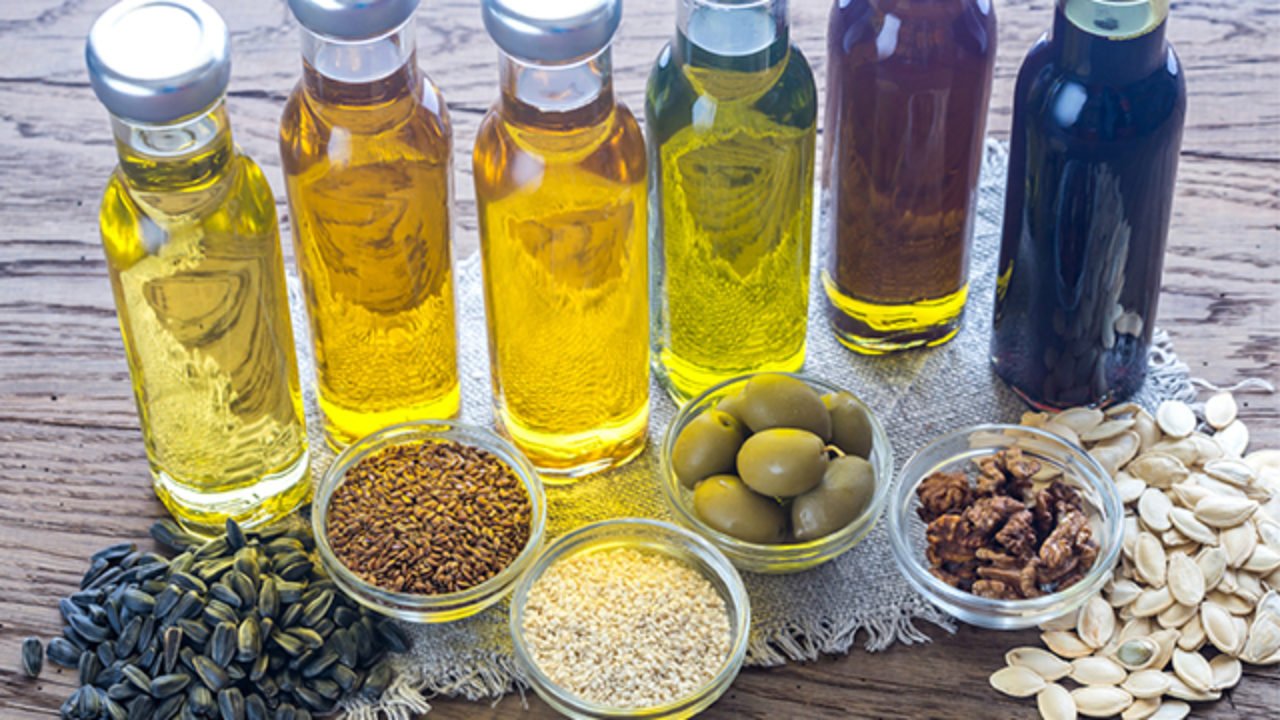Cabbage Details
Cabbage is a leafy green, red, or white (pale green) biennial plant grown as an annual vegetable for its dense-leaved heads. It's a staple vegetable in many cuisines around the world, valued for its versatility, nutritional content, and storability. Here’s an in-depth look at cabbage:
1. Types of Cabbage:
- Green Cabbage: The most common variety, with smooth, light green leaves. It has a slightly peppery flavor when raw and becomes sweeter when cooked.
- Red Cabbage: Known for its deep purple color, red cabbage has a slightly tougher texture and a more peppery taste compared to green cabbage. It's often used in salads and pickling.
- Savoy Cabbage: This variety has crinkly, dark green leaves and a milder, more delicate flavor. It's ideal for salads and wraps.
- Napa Cabbage: Also known as Chinese cabbage, Napa has long, light green leaves and a milder taste. It's commonly used in Asian dishes, particularly in kimchi and stir-fries.
- Bok Choy: A type of Chinese cabbage with dark green leaves and white stalks. It has a mild flavor and is often used in Asian soups and stir-fries.
2. Culinary Uses:
- Raw: Cabbage is commonly used raw in salads, such as coleslaw, and in wraps and sandwiches for added crunch.
- Cooked: It can be steamed, boiled, sautéed, roasted, or stir-fried. Cooking cabbage softens its texture and can enhance its sweetness.
- Fermented: Cabbage is famously used in fermentation to make sauerkraut and kimchi, which are valued for their probiotic content and tangy flavor.
- Soups and Stews: Cabbage is a key ingredient in many soups and stews, adding bulk and nutrition to dishes like borscht and cabbage soup.
- Stuffed: Leaves of cabbage are often used to make stuffed cabbage rolls, a popular dish in many Eastern European and Middle Eastern cuisines.
3. Nutritional Benefits:
- Rich in Vitamins: Cabbage is a great source of vitamins C and K. Vitamin C is important for immune function and skin health, while vitamin K is essential for blood clotting.
- Fiber: It is high in dietary fiber, which supports digestive health and helps regulate blood sugar levels.
- Antioxidants: Cabbage contains antioxidants, including polyphenols and sulfur compounds, which may help reduce inflammation and protect against certain diseases.
- Low in Calories: Cabbage is low in calories and can be a good option for weight management.
4. Agriculture:
- Growing Conditions: Cabbage prefers cooler climates and well-drained, fertile soil. It's typically planted in early spring or late summer for a fall harvest.
- Global Production: Major producers of cabbage include China, India, Russia, and South Korea. These countries grow large quantities of cabbage for both domestic consumption and export.
5. Cultural Significance:
- Traditional Dishes: Cabbage is a key ingredient in many traditional dishes around the world, such as sauerkraut in Germany, kimchi in Korea, and colcannon in Ireland.
- Historical Use: Cabbage has been cultivated for thousands of years and was a staple in the diets of ancient civilizations like the Romans and Egyptians.
- Symbolism: In some cultures, cabbage symbolizes prosperity and longevity. It has also been associated with good luck in various traditions.
6. Storage and Handling:
- Shelf Life: Cabbage can be stored for several weeks in a cool, dark place or in the refrigerator. Its long shelf life makes it a practical vegetable for long-term storage.
- Preparation: Before using, the outer leaves of cabbage are typically removed. It can then be chopped, shredded, or left whole, depending on the recipe.
7. Health Benefits:
- Digestive Health: The fiber in cabbage supports a healthy digestive system and can help prevent constipation.
- Heart Health: Cabbage contains compounds that may help lower cholesterol levels and improve heart health.
- Cancer Prevention: Some studies suggest that the antioxidants and sulfur compounds in cabbage may help reduce the risk of certain cancers.
QUICK LINKS
- Onion
- Garlic
- aubergine
- Bell pepper
- Carrot
- Cabbage
- Tomato
- Zucchini
- Broccoli
- Potato
- Sweet potato
- Radishes
- corn
- Spinach
- Persimmon
- Apples
- Kiwi
- Cherries
- Lemon
- Banana
- Grapes
- Mangosteen
- Dragon fruit
- apple
- apple
- kiwi
- cherry
- lemon
- banana
- grape
- mangosteen
- dragon fruit
- papaya
- pineapple
- avocado
- orange
- strawberry
- mango
- mangbeans
- green peas
- split peas green
- split peas yellow
- soybean
- Toor dal
- beluga lentils
- masoor dal
- brown chickpeas
- Horse grams

